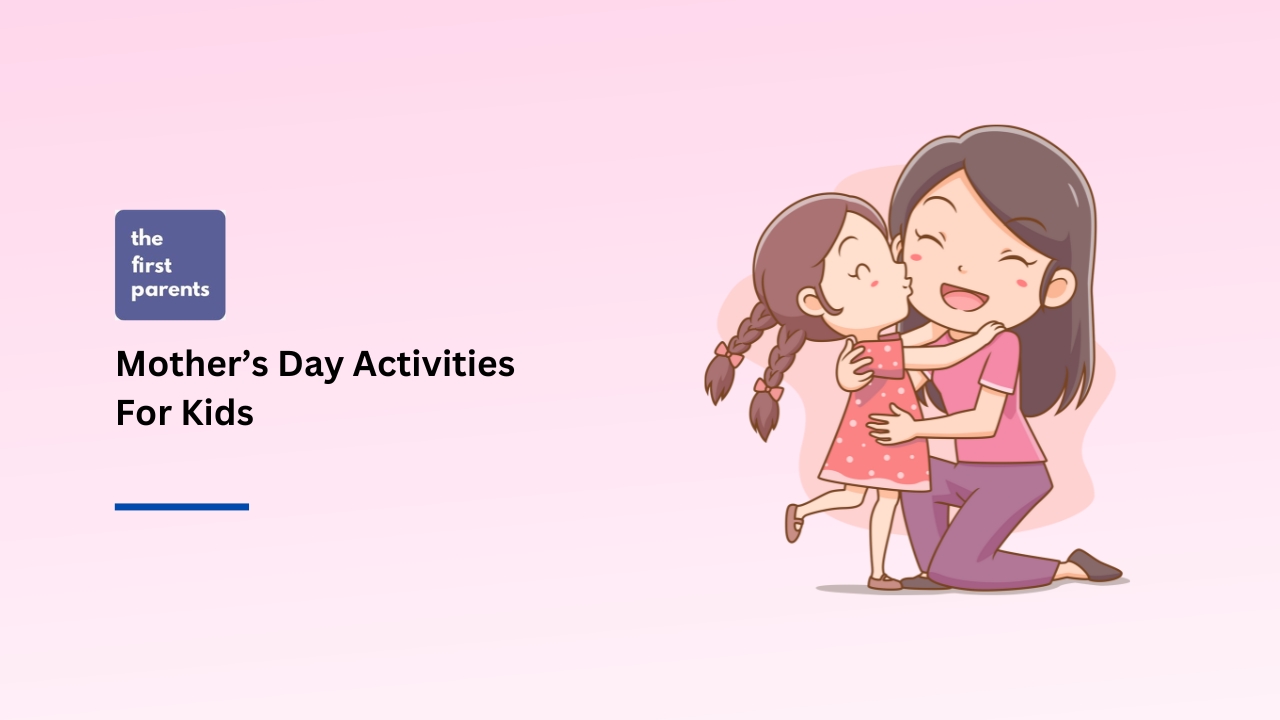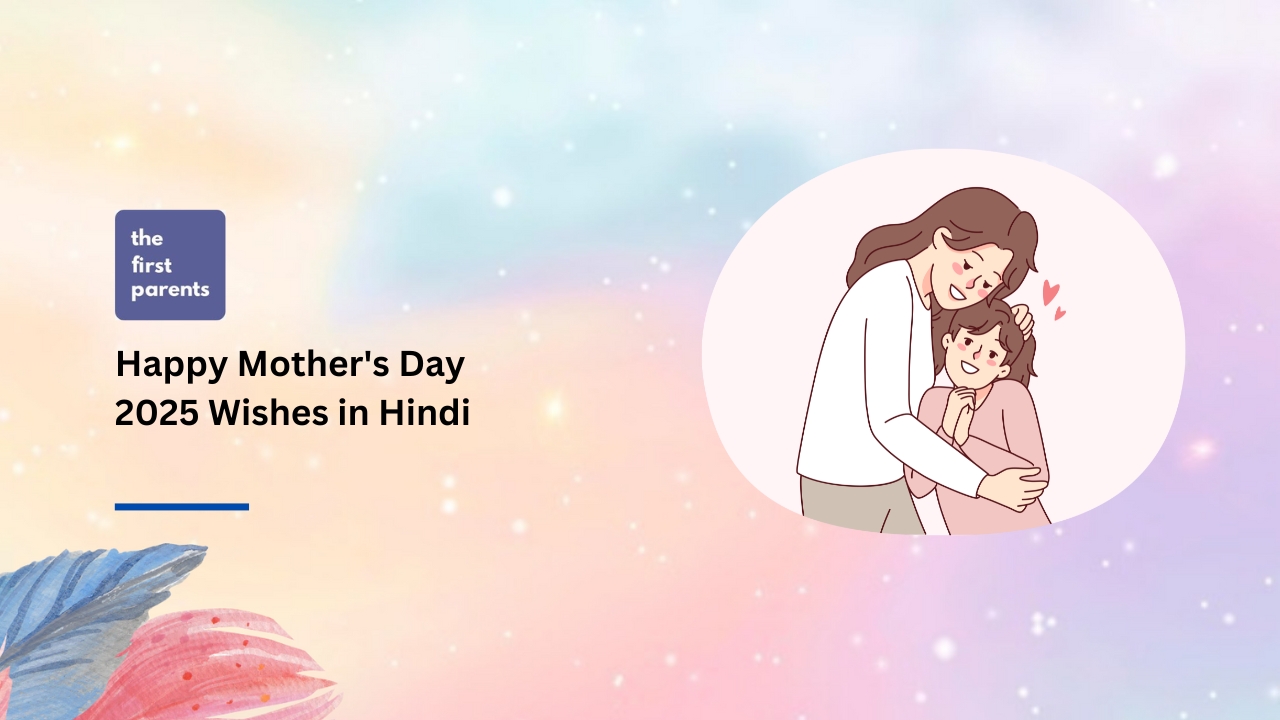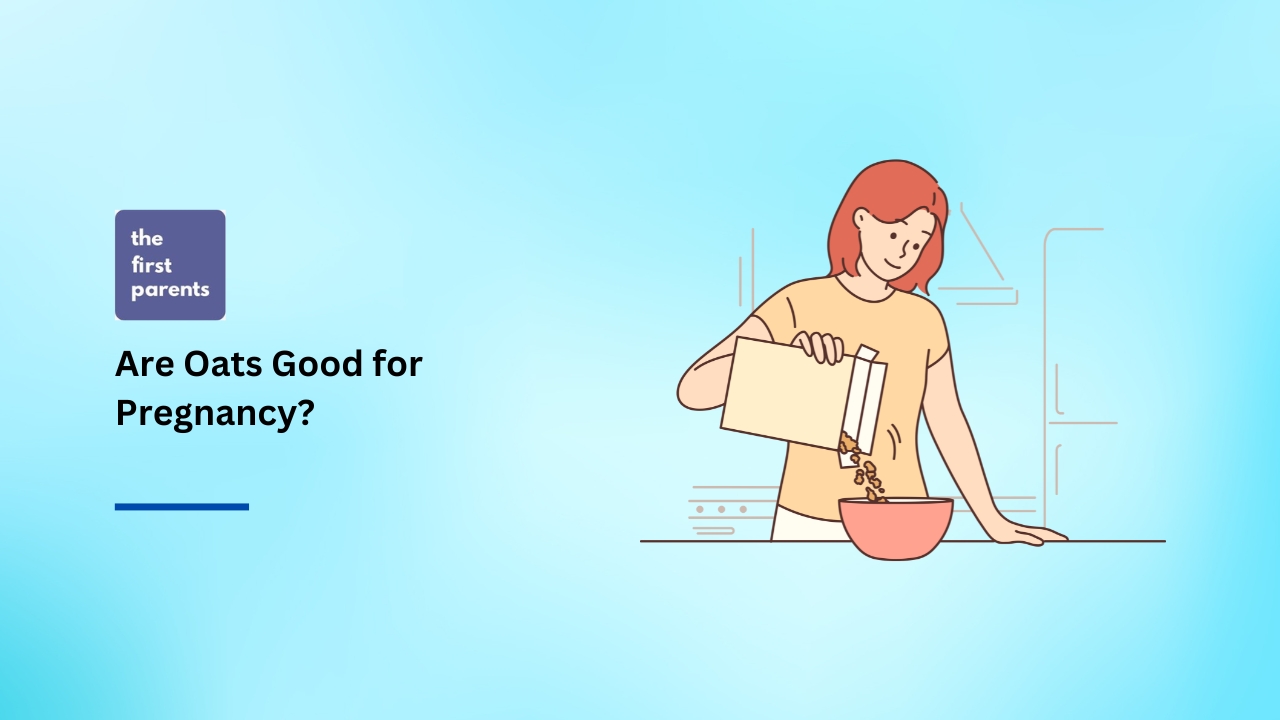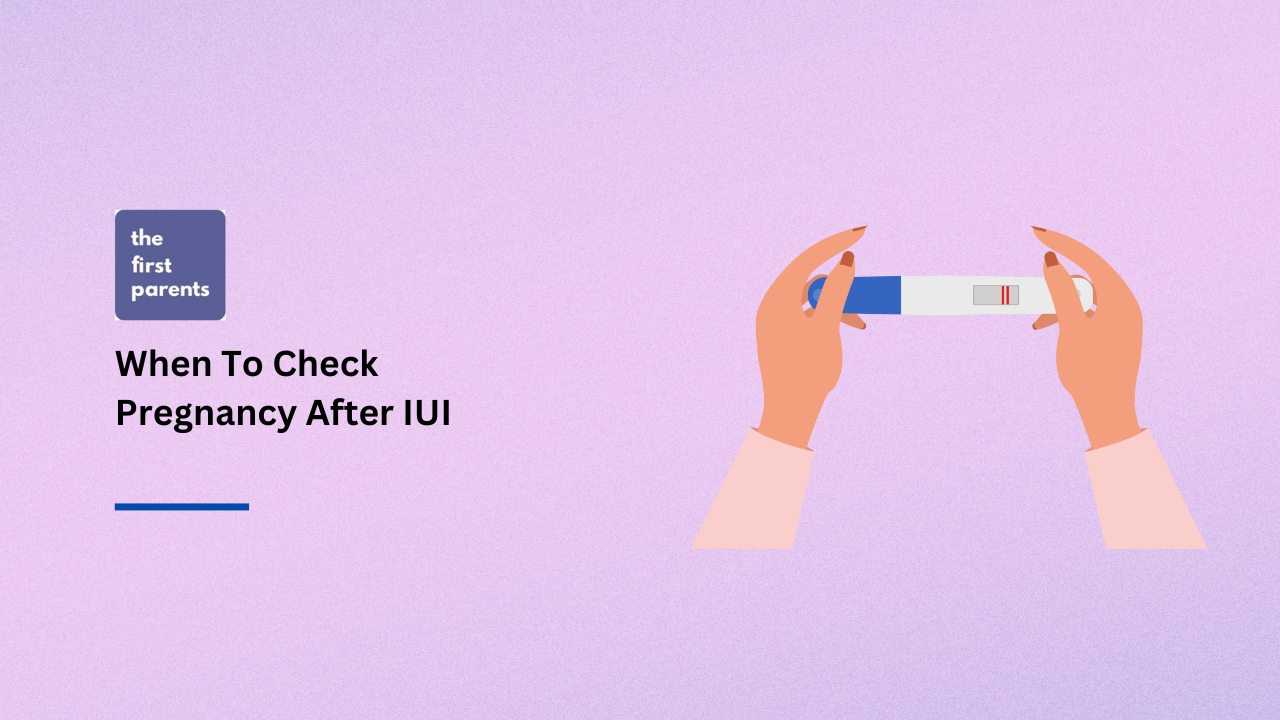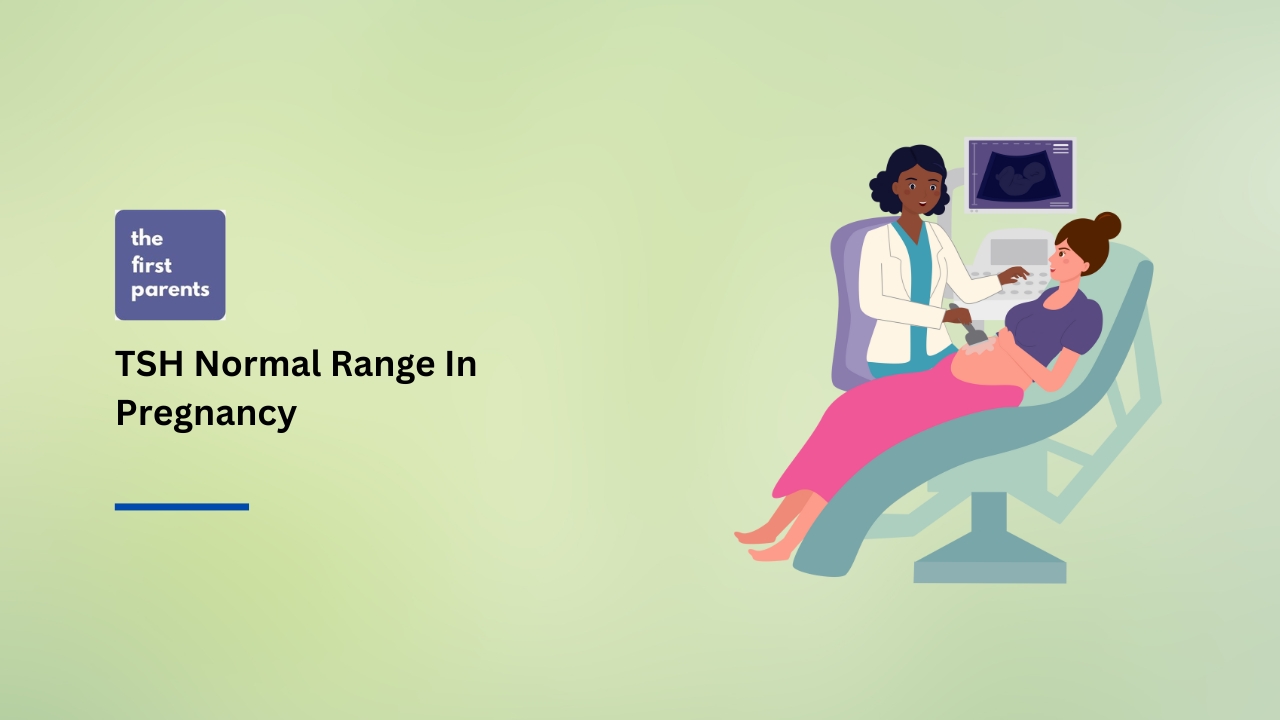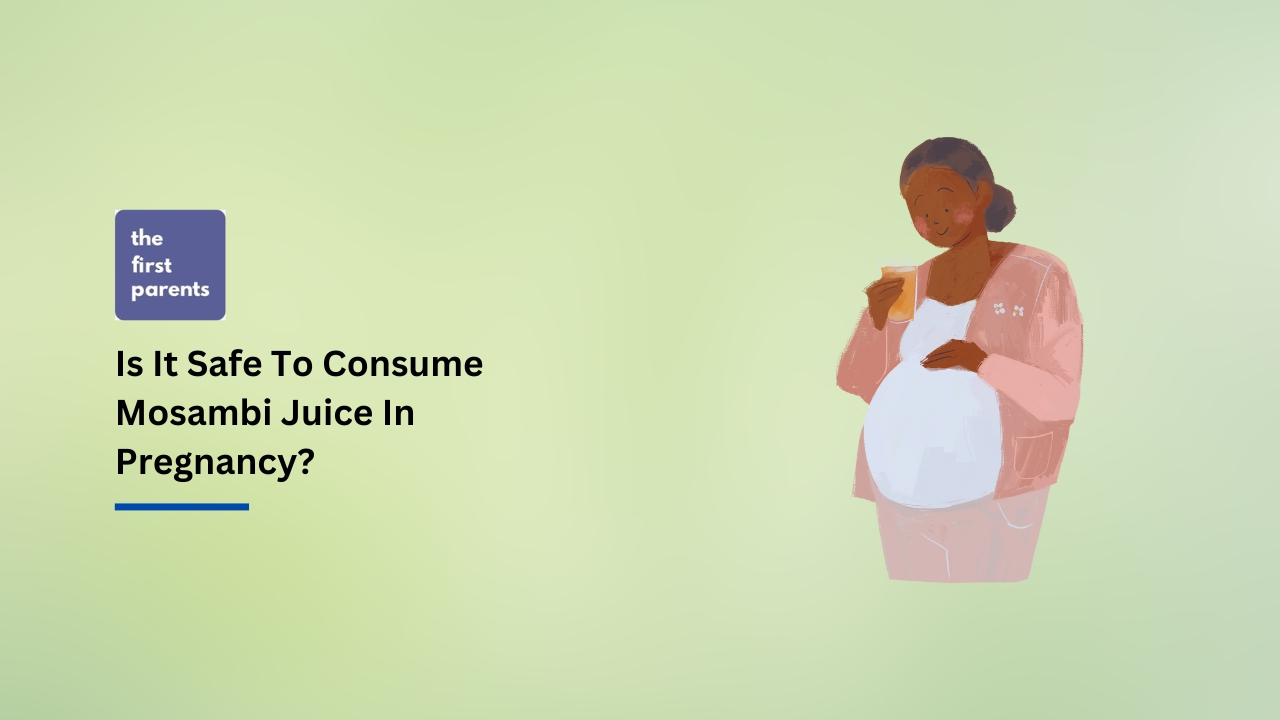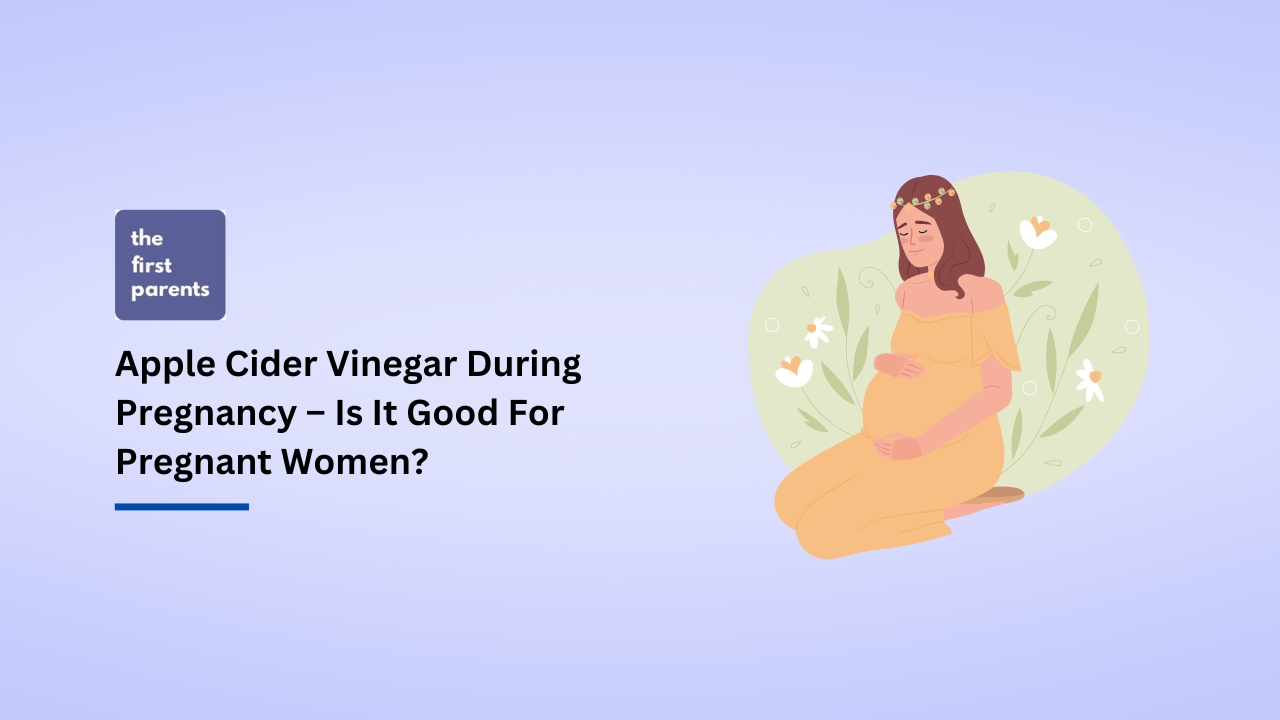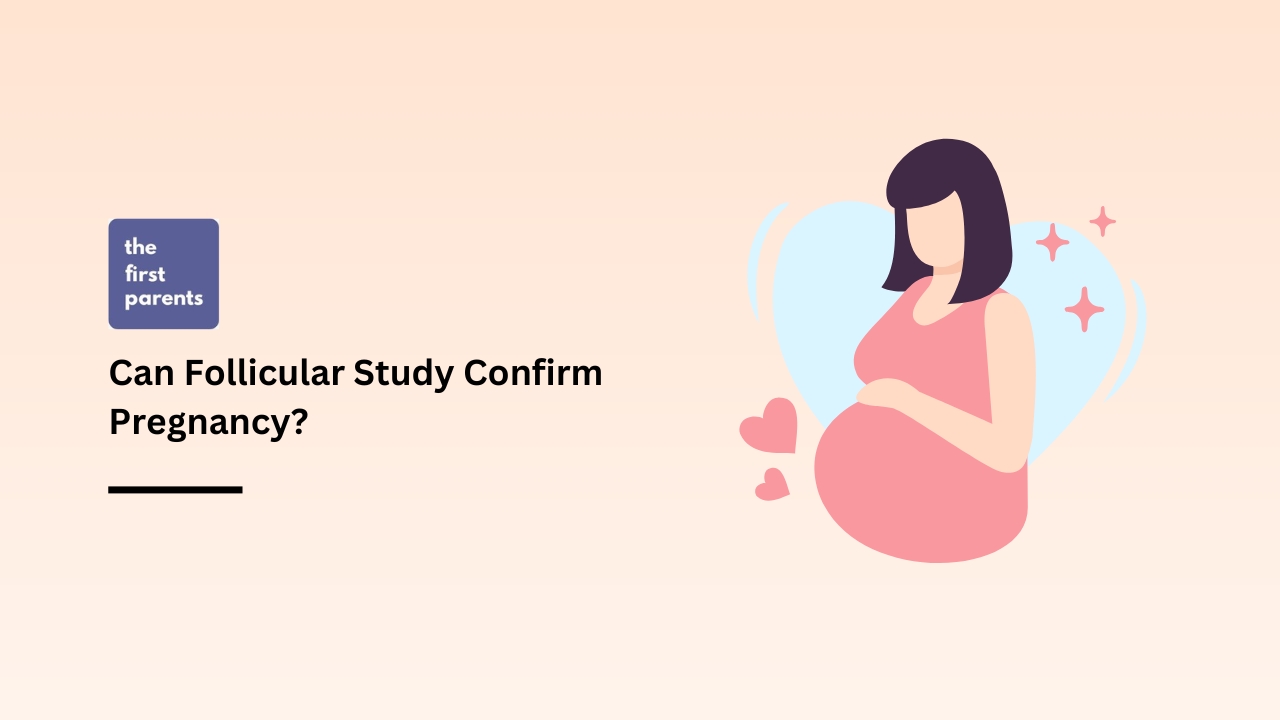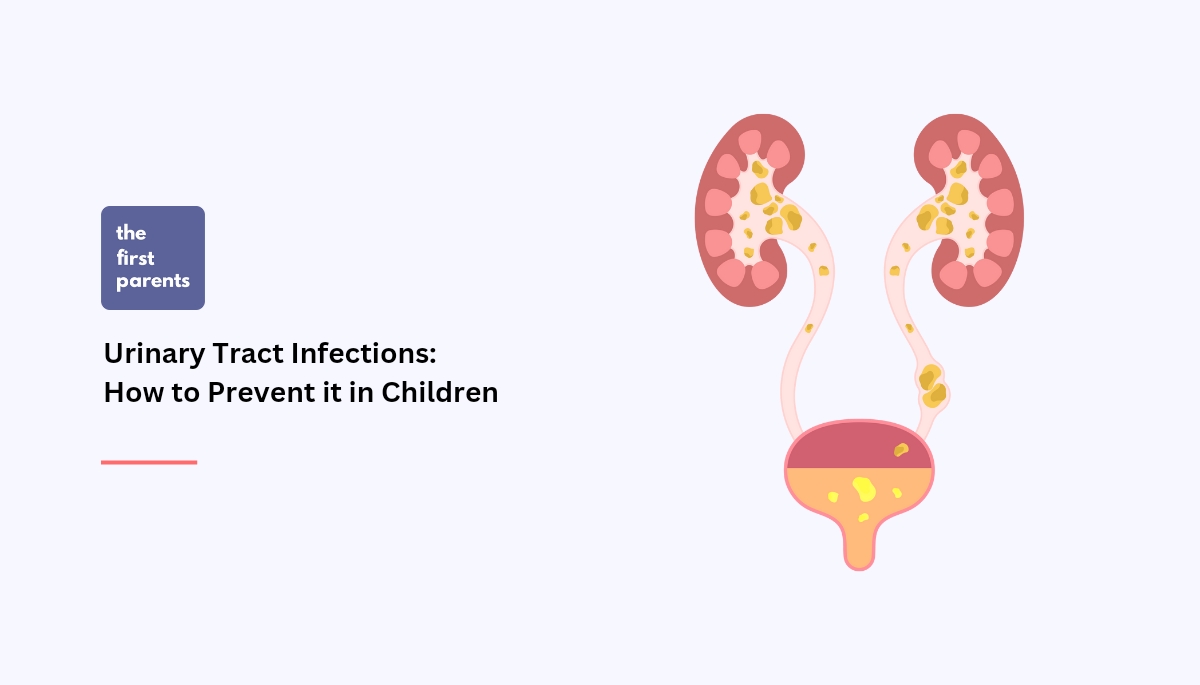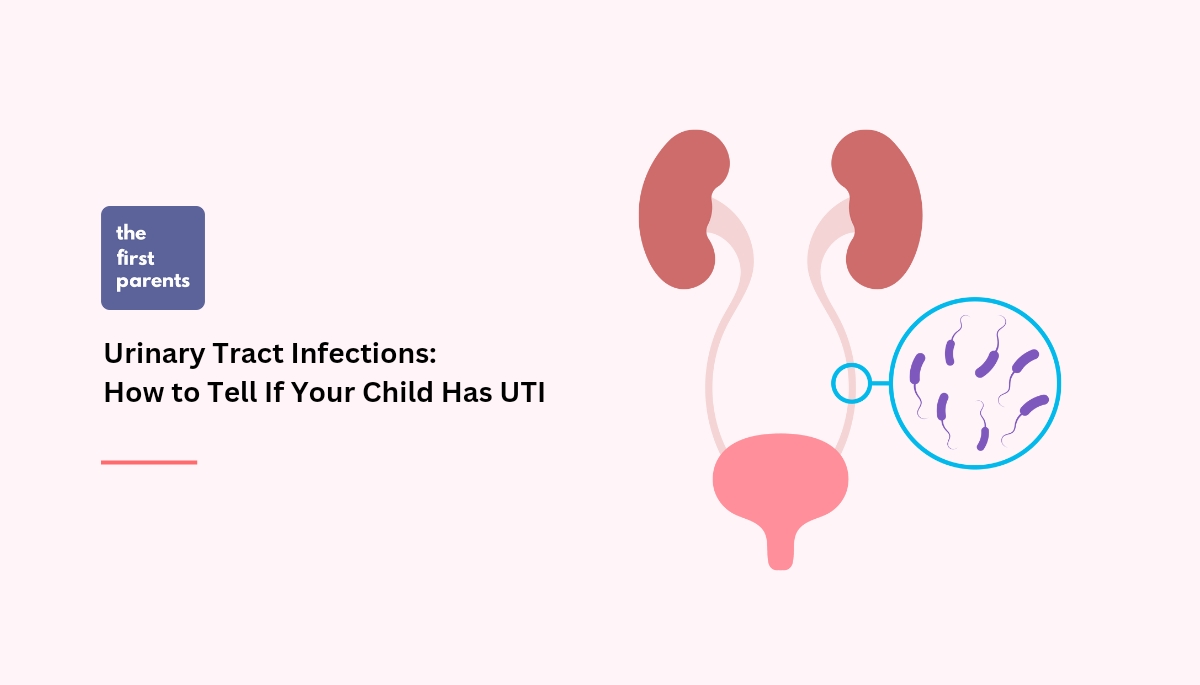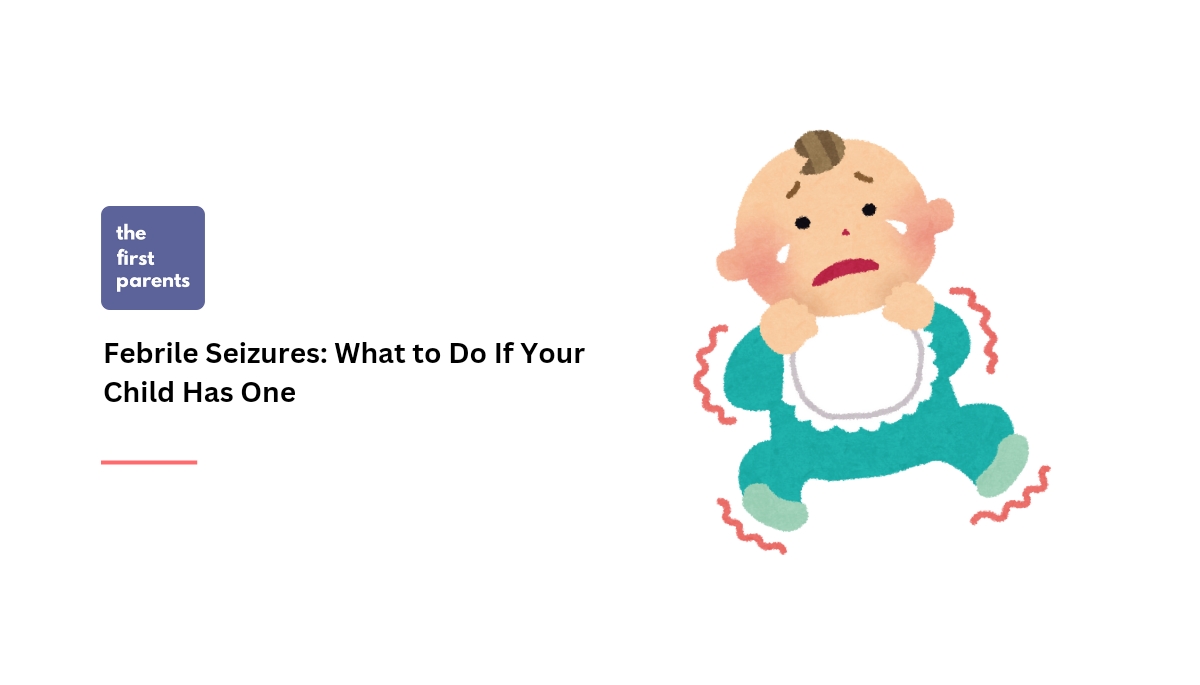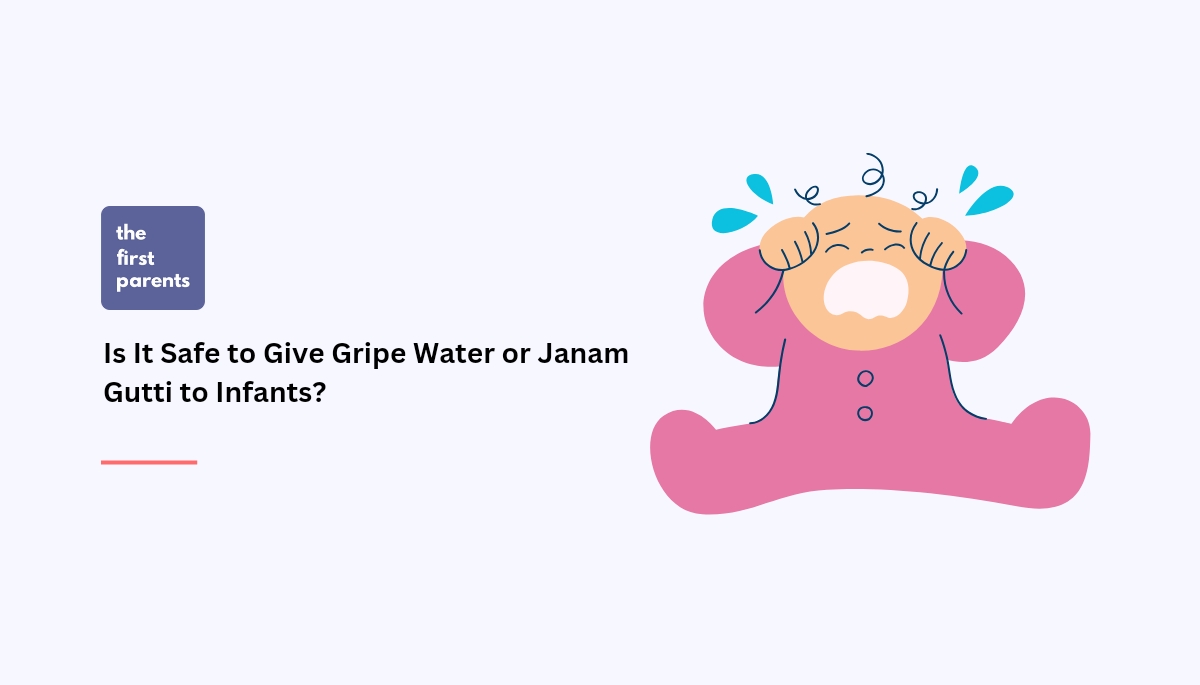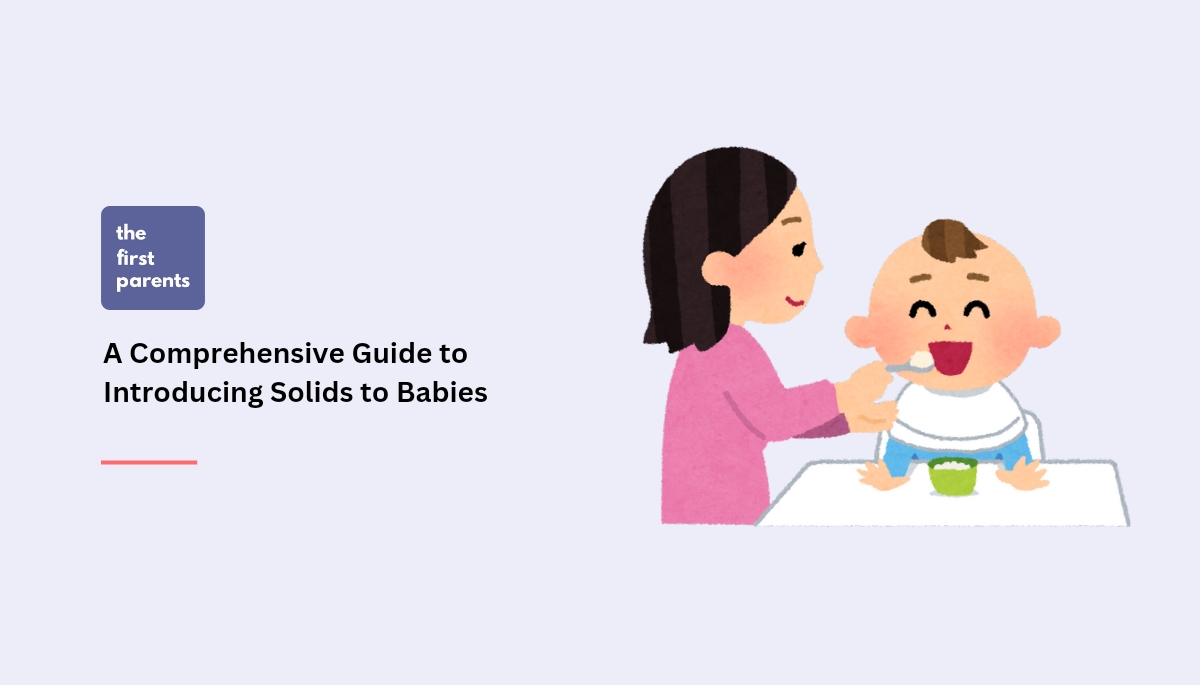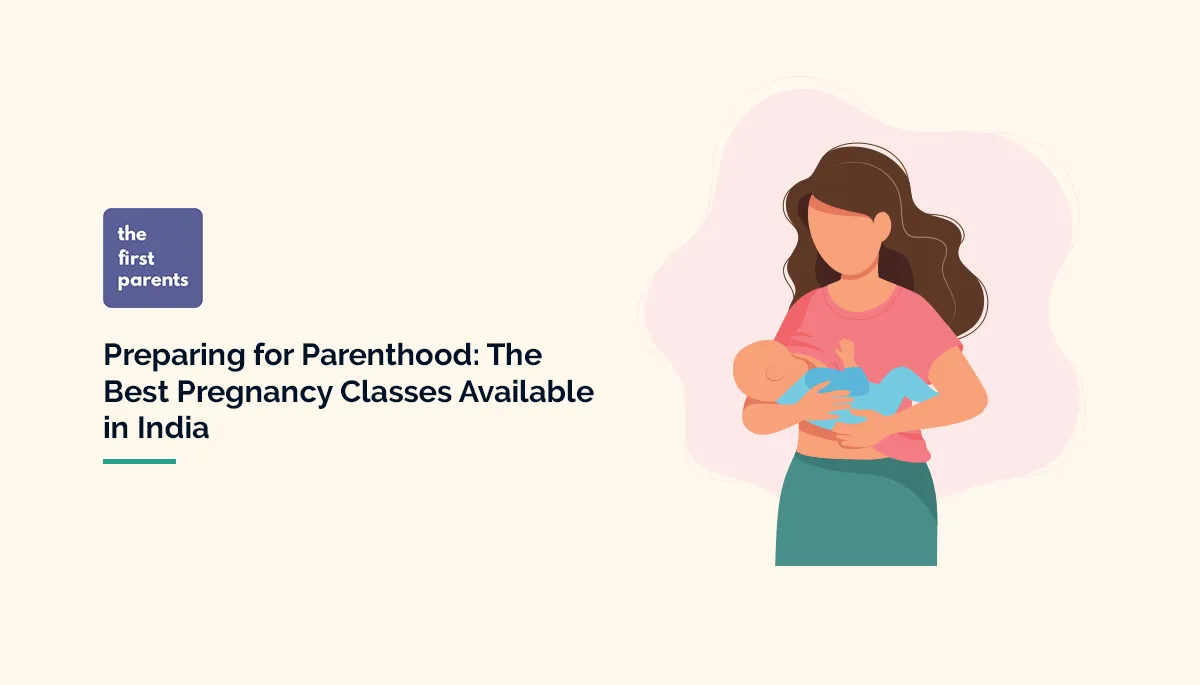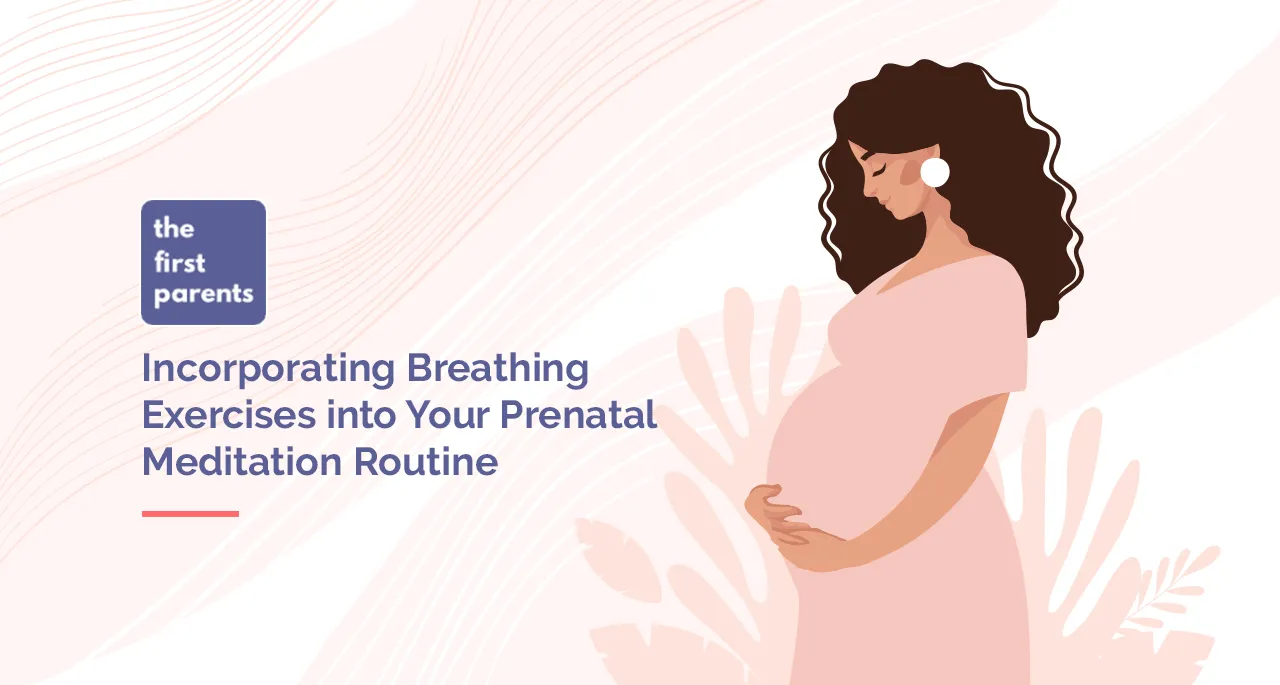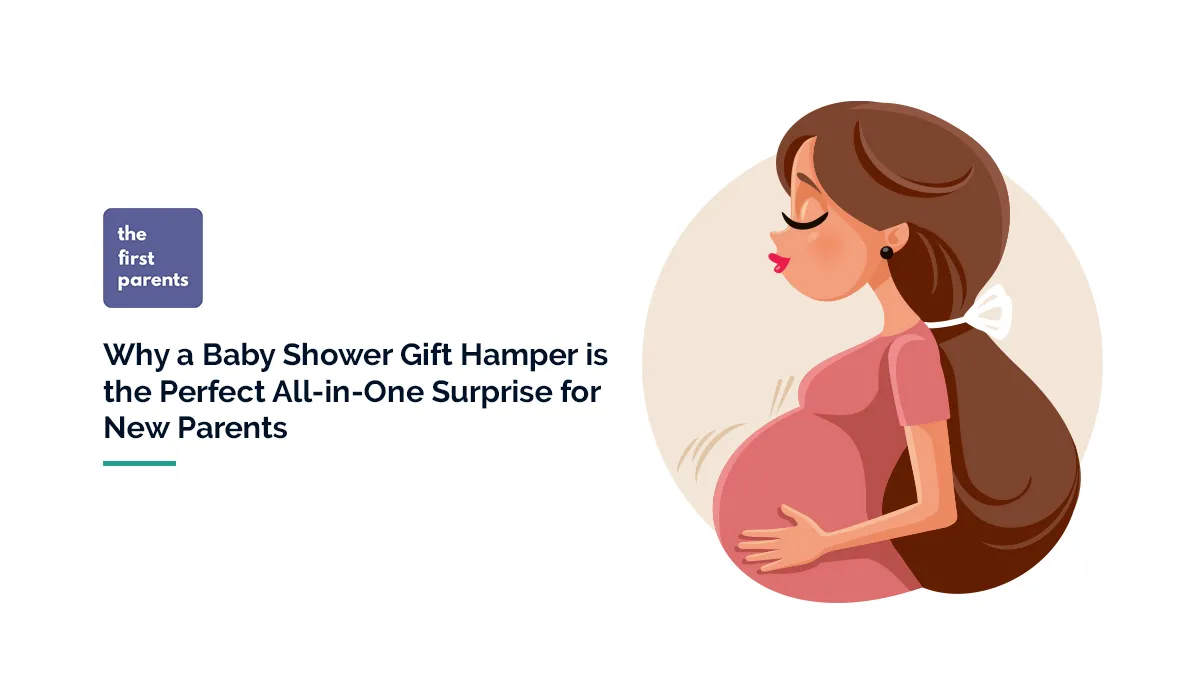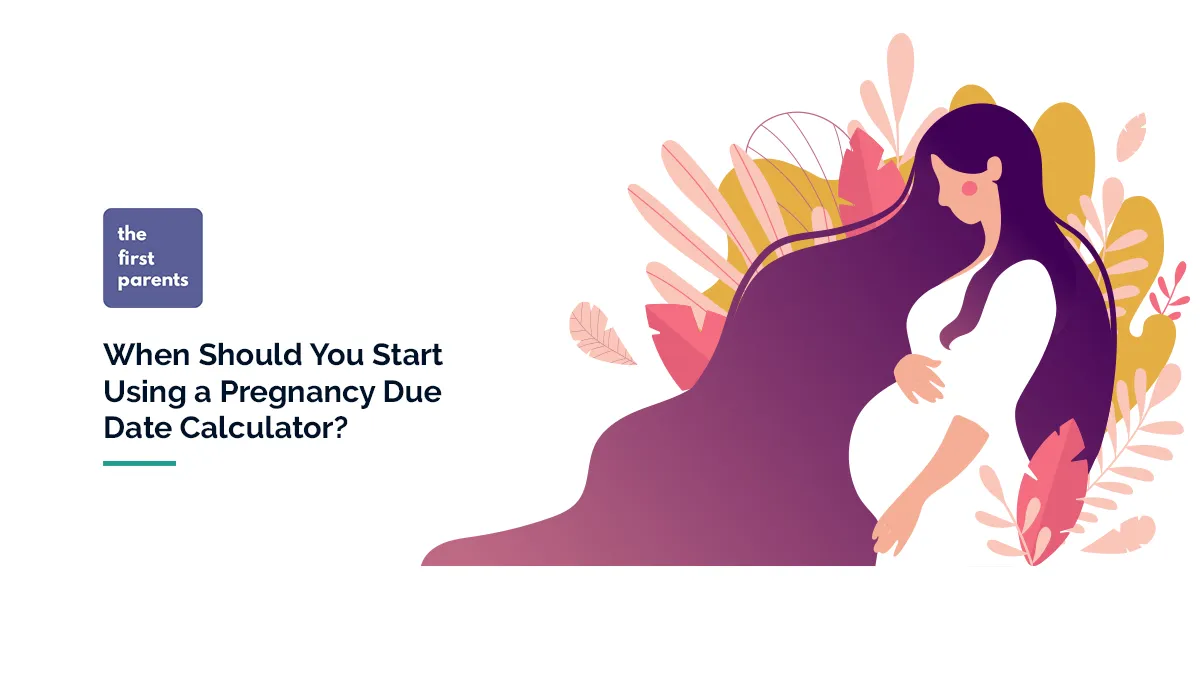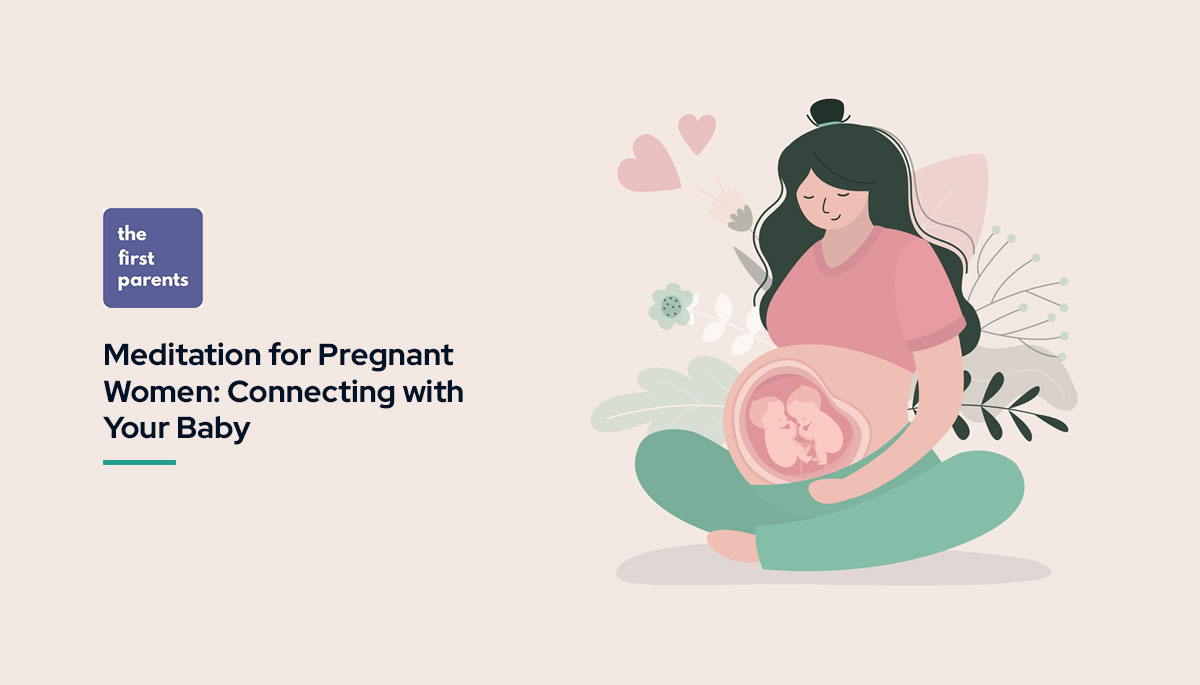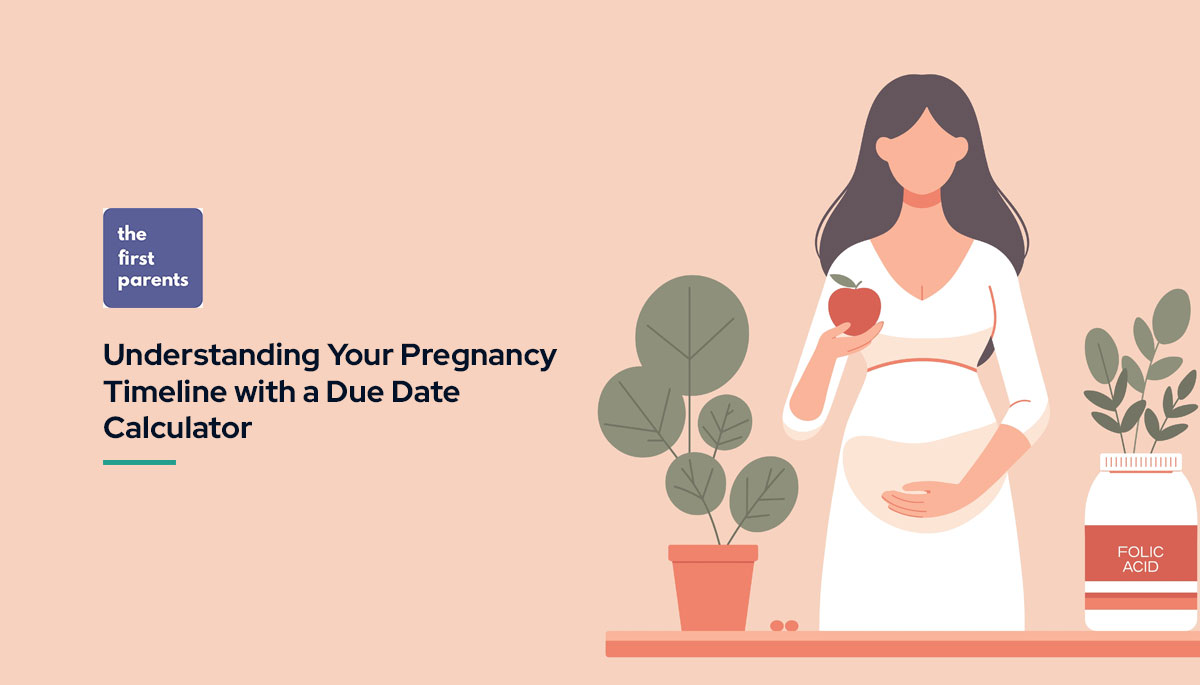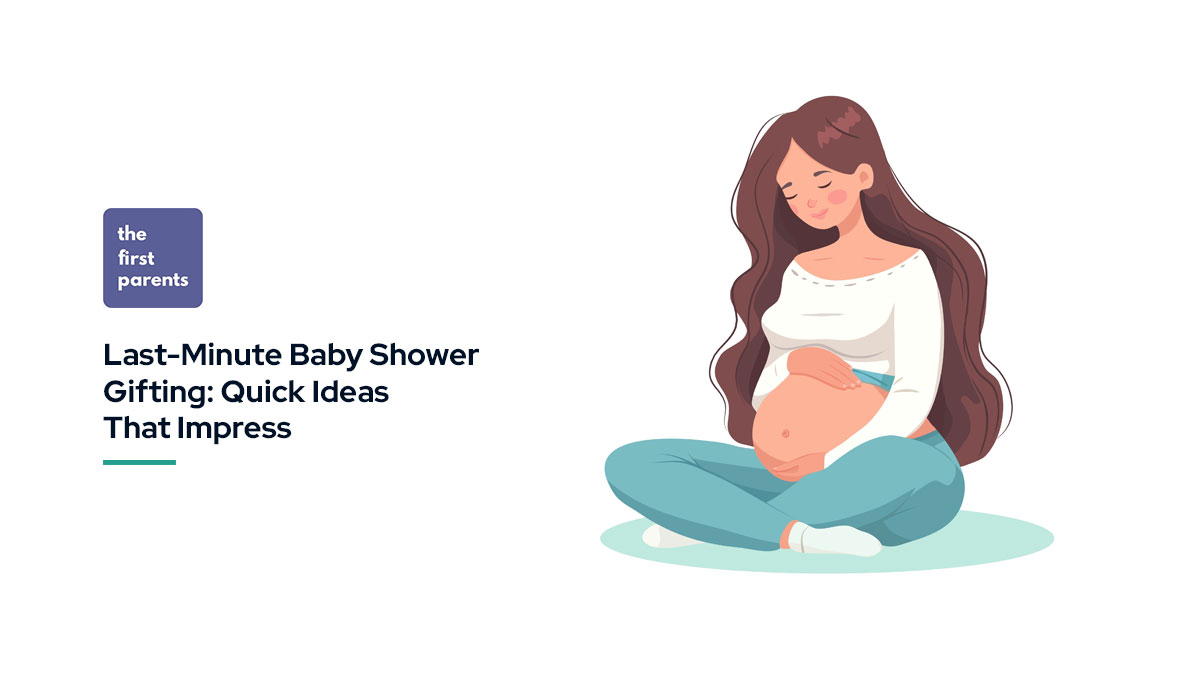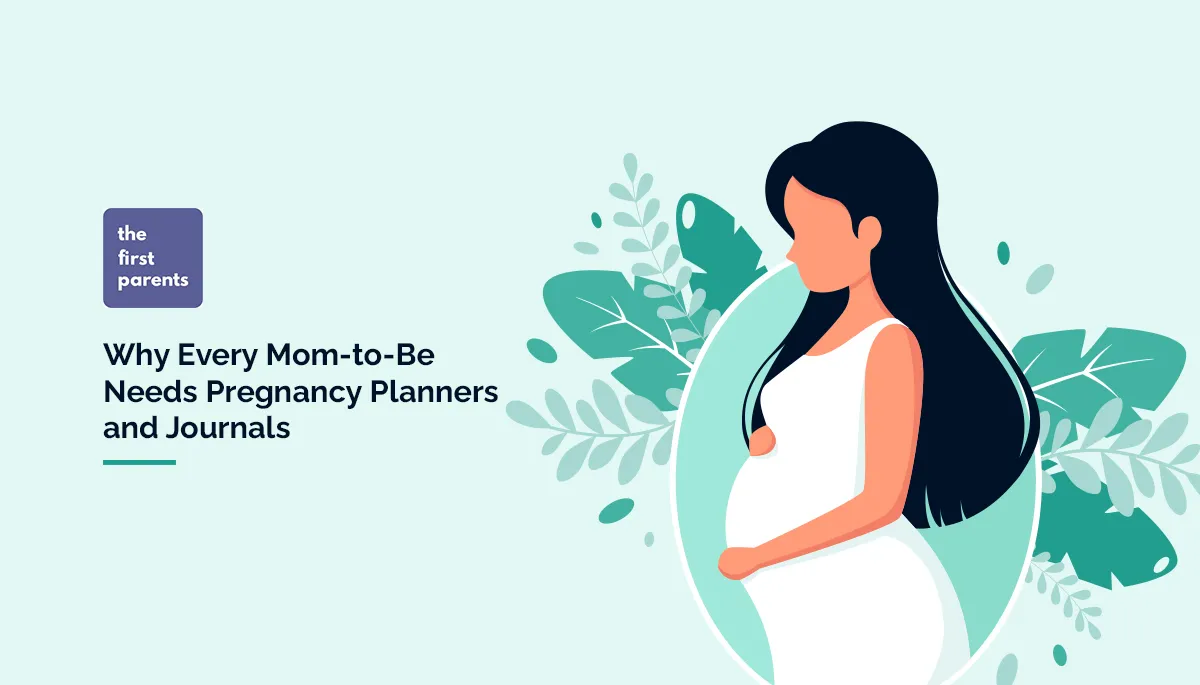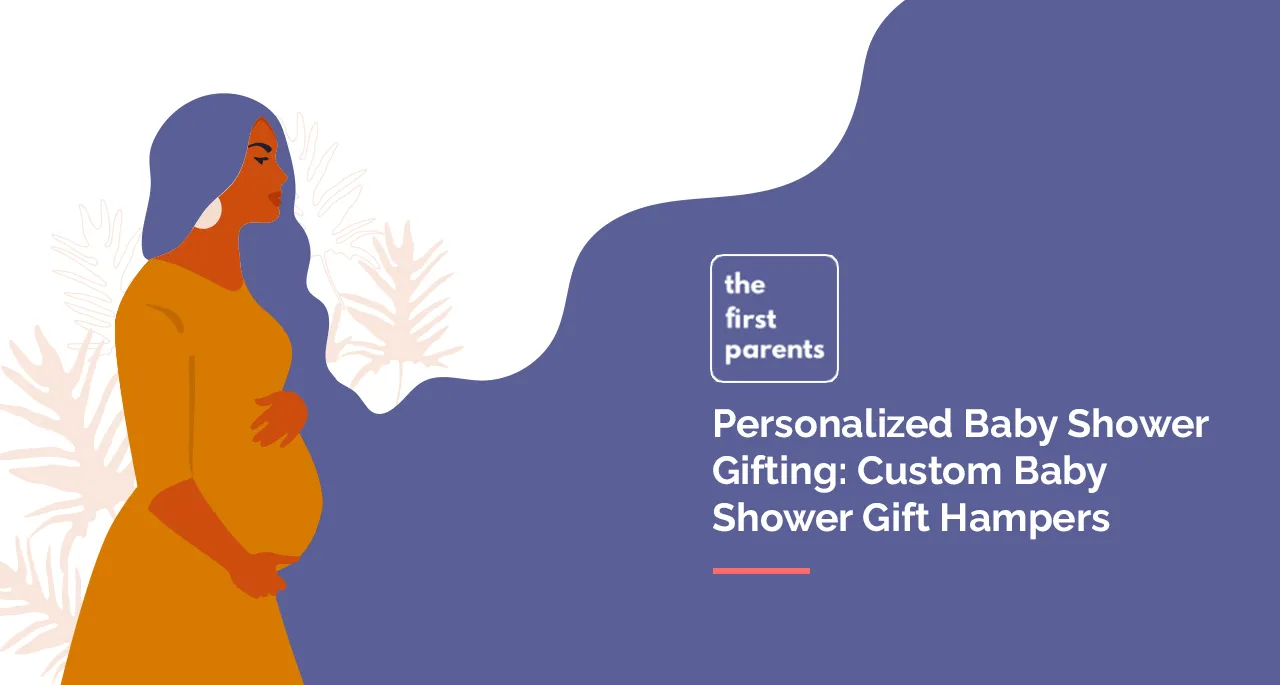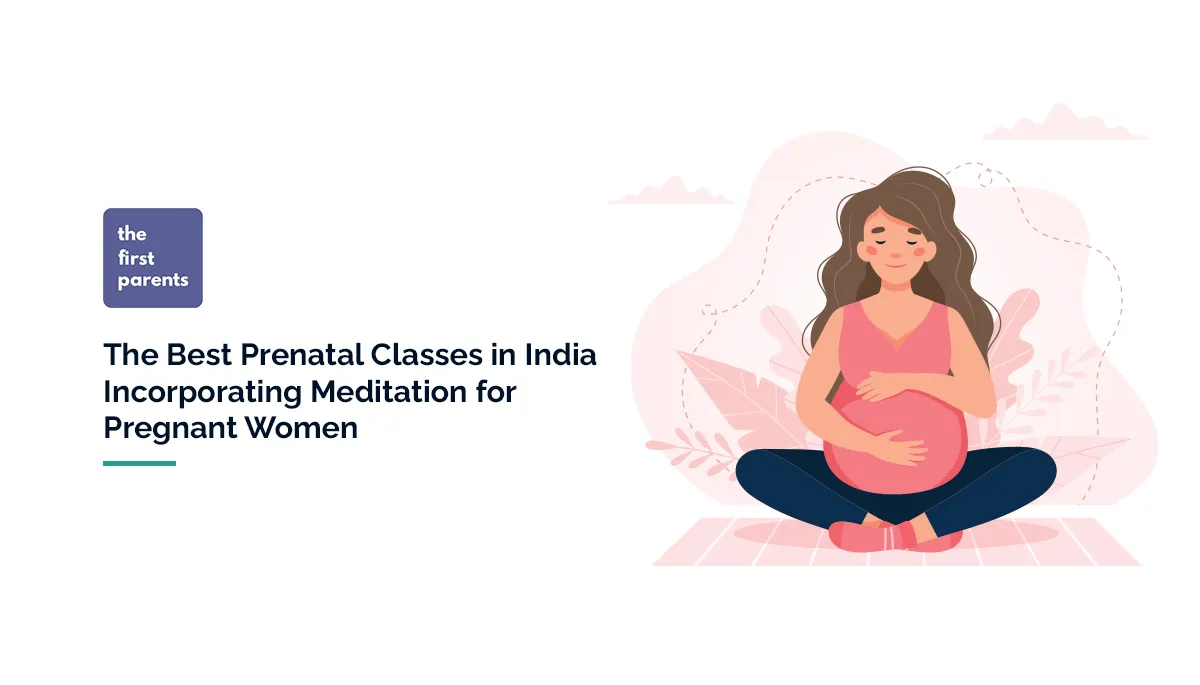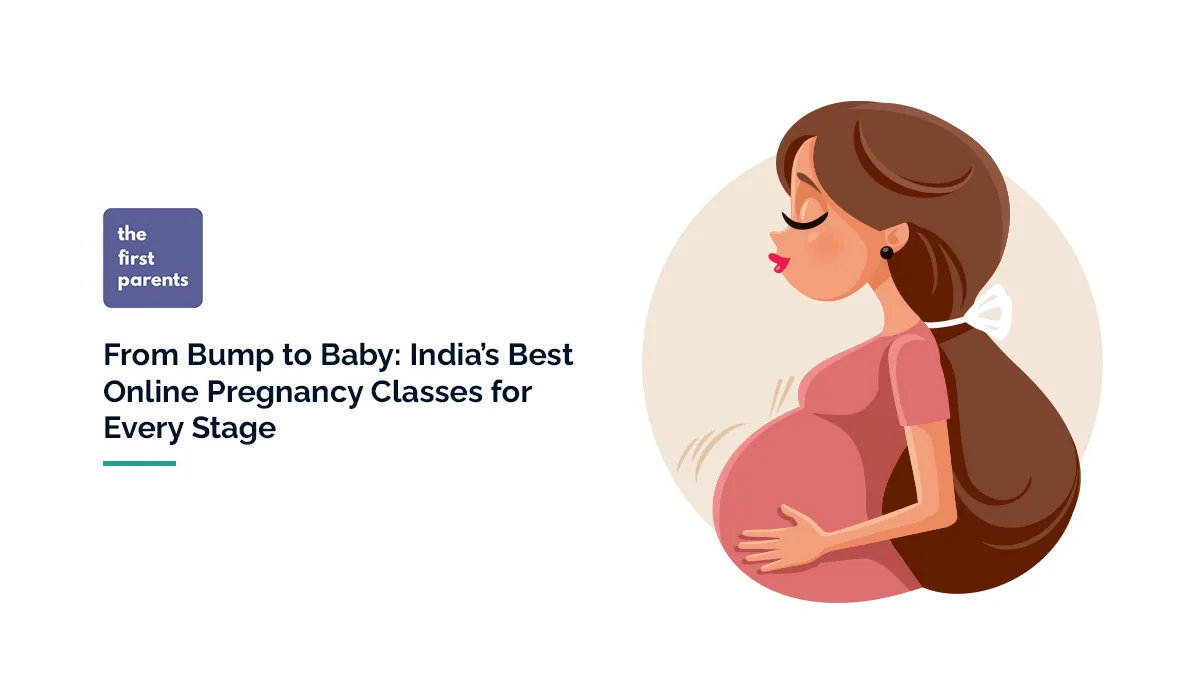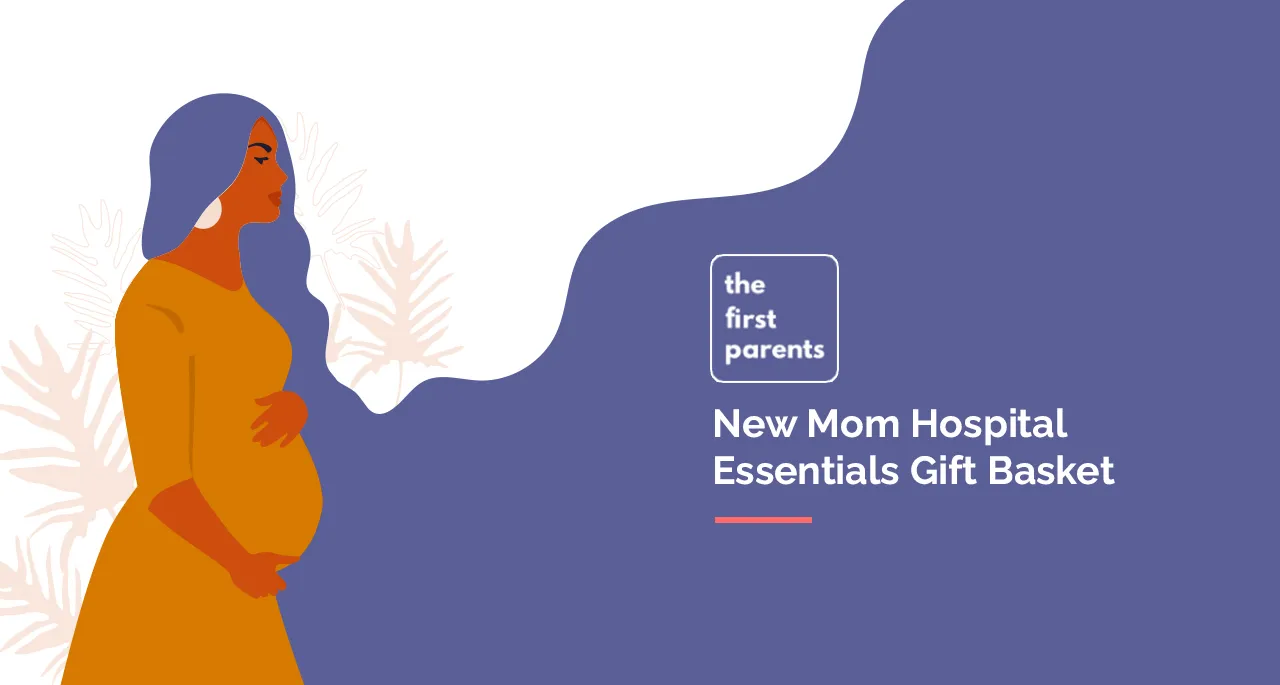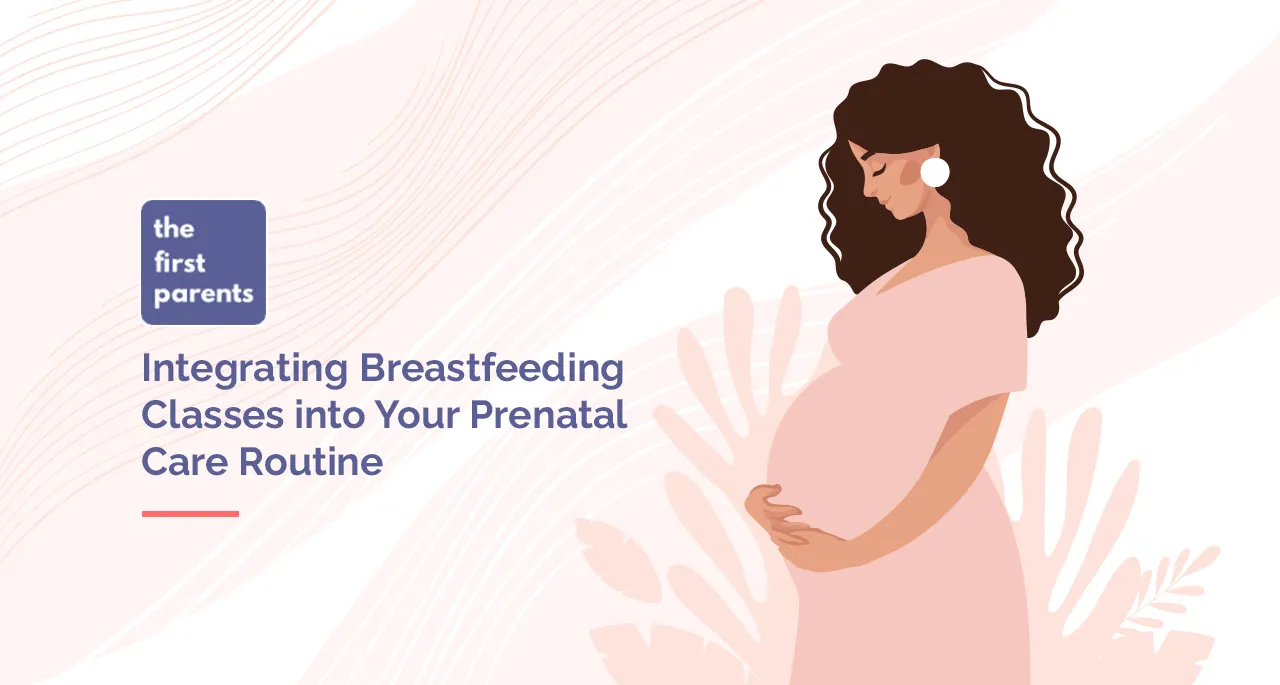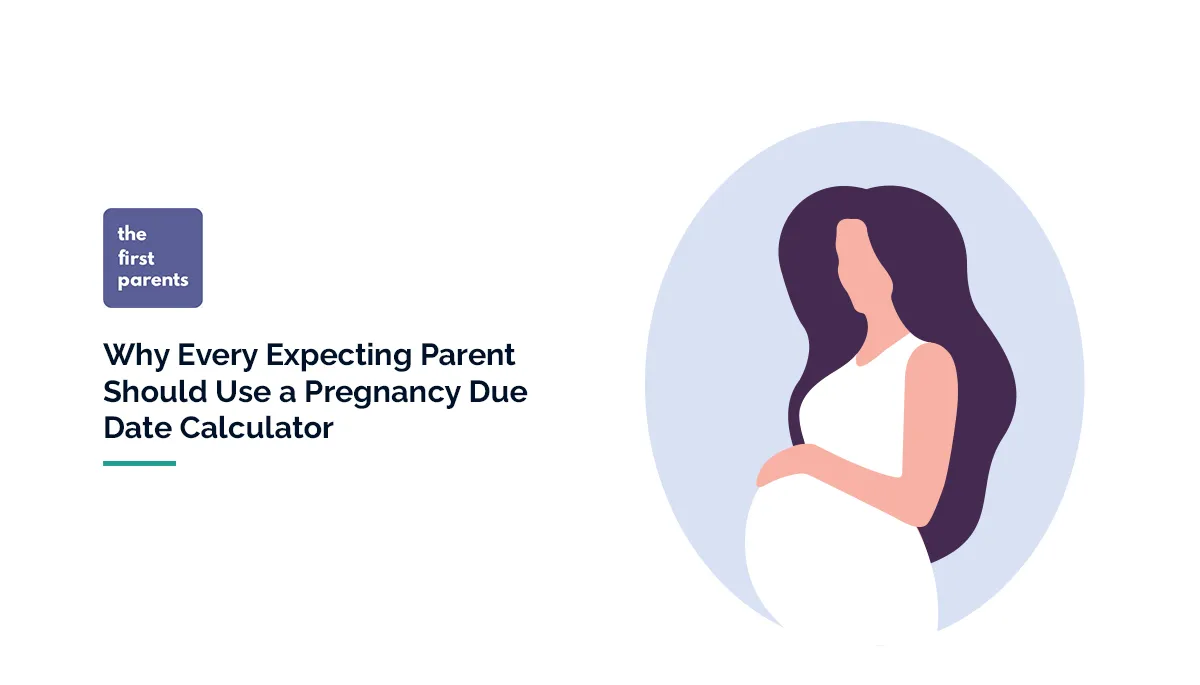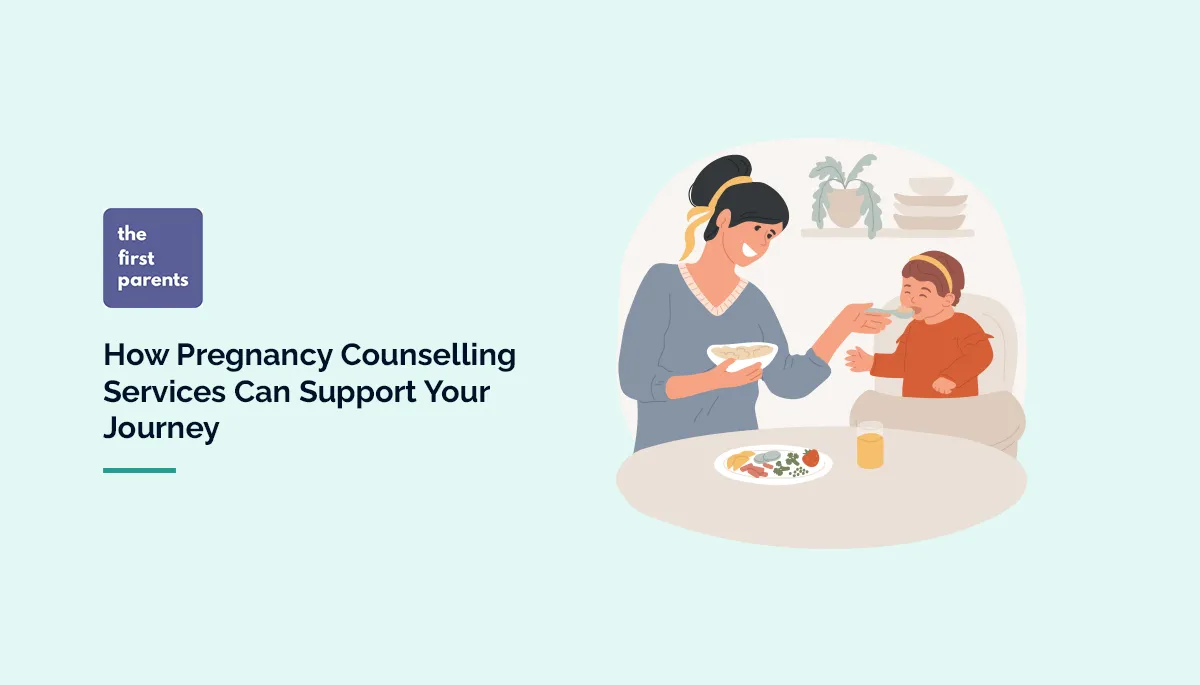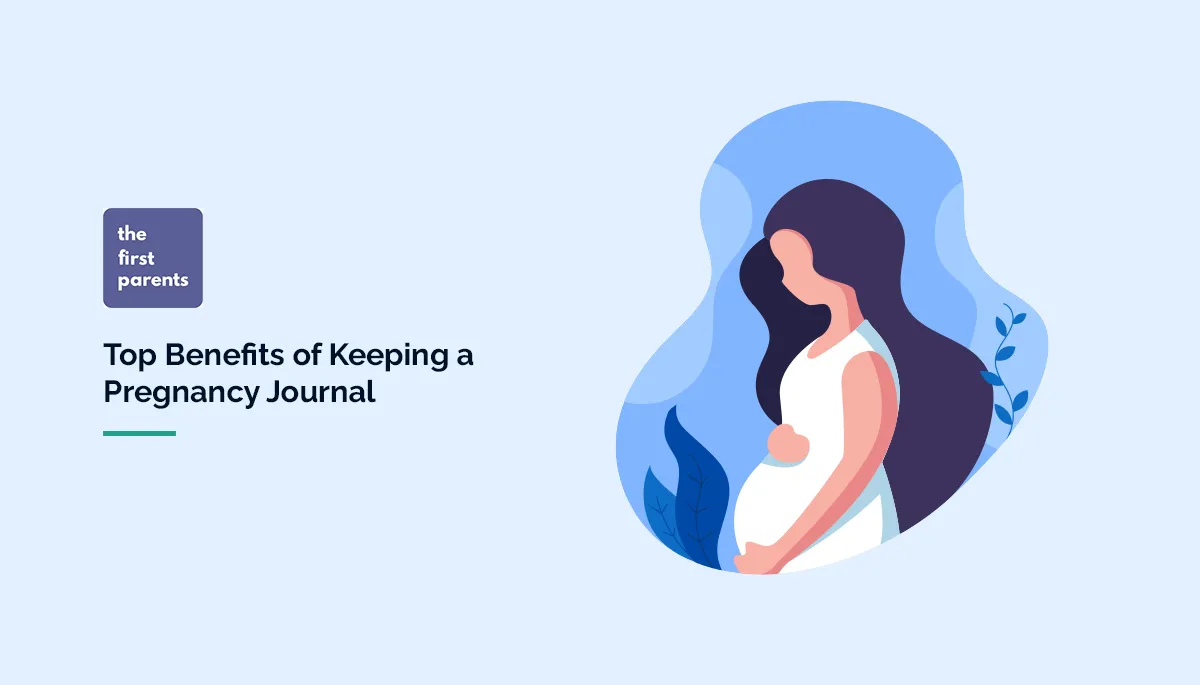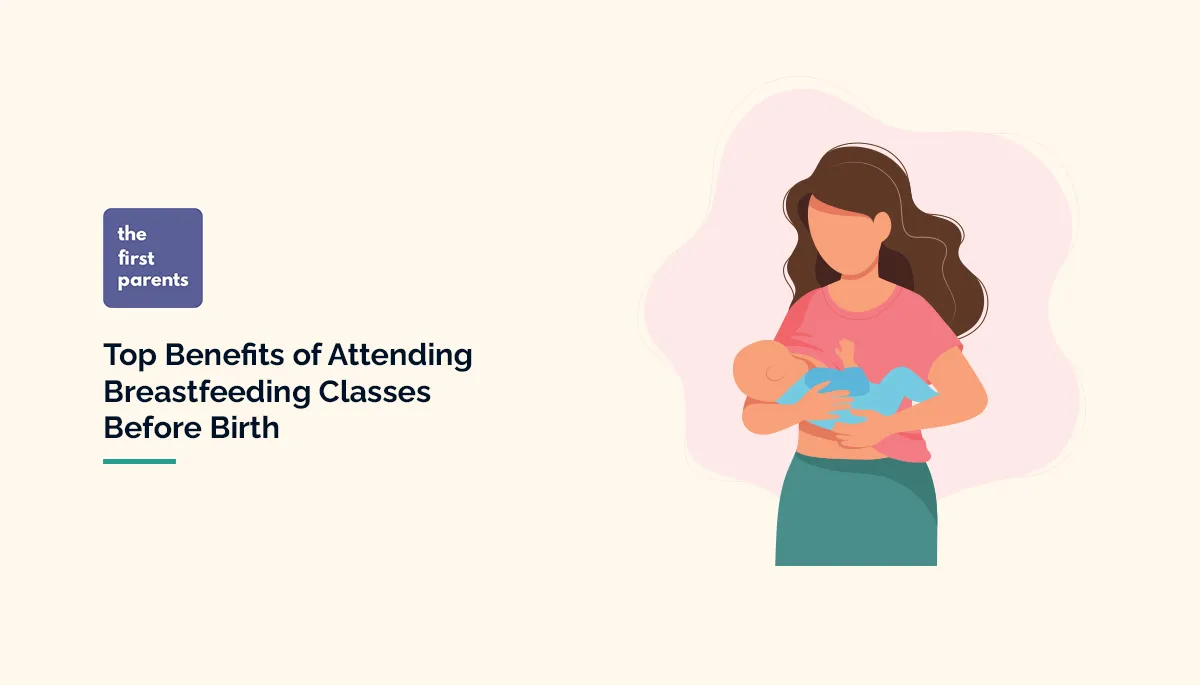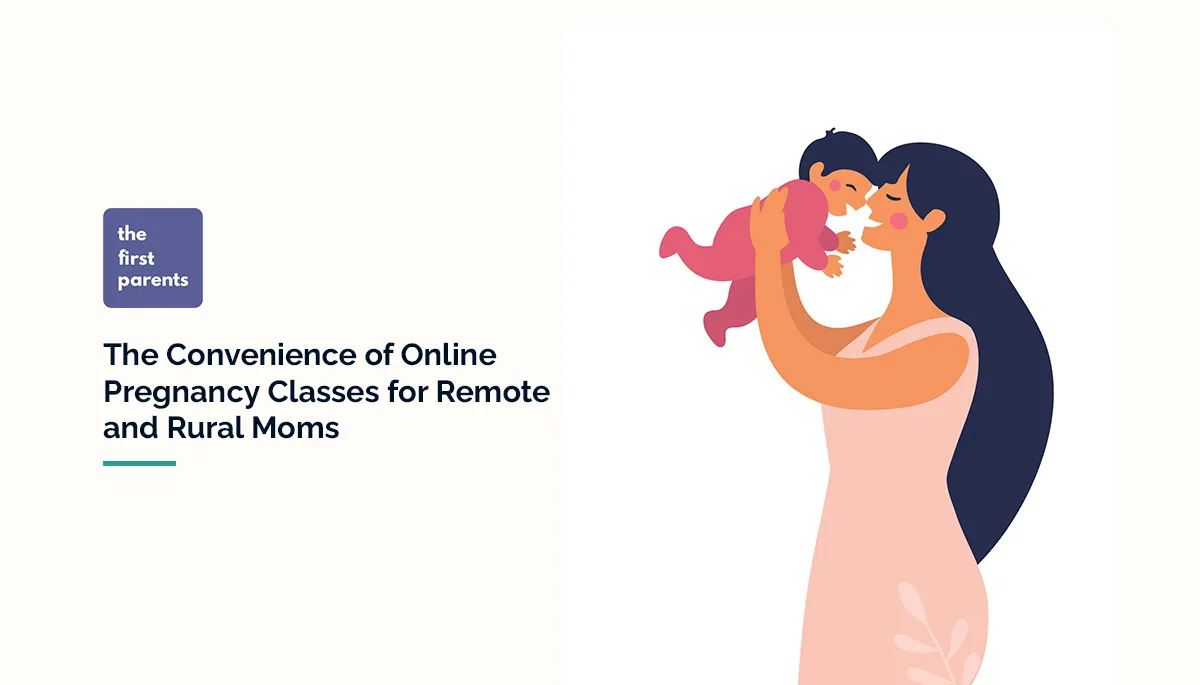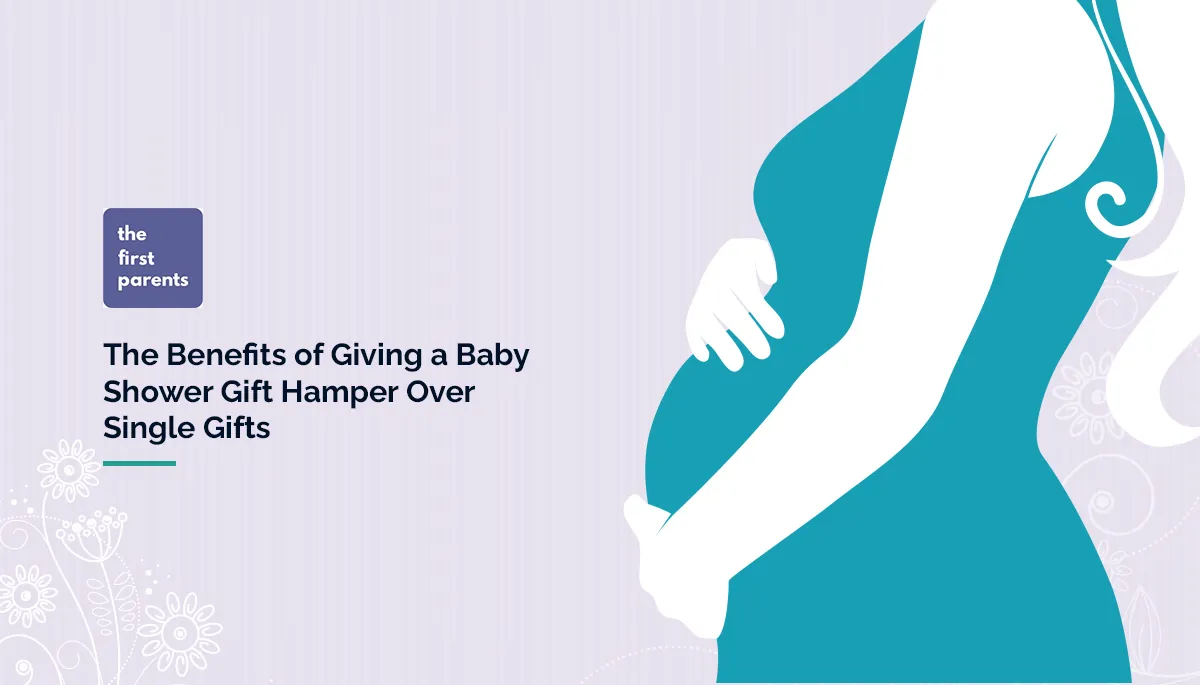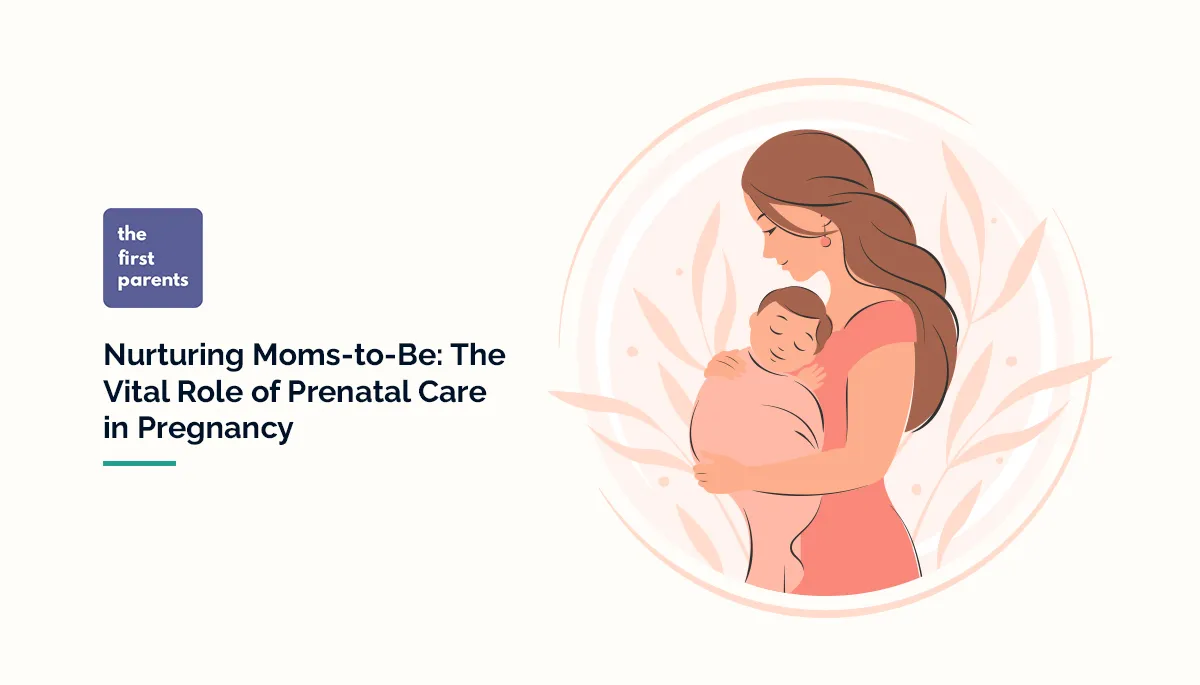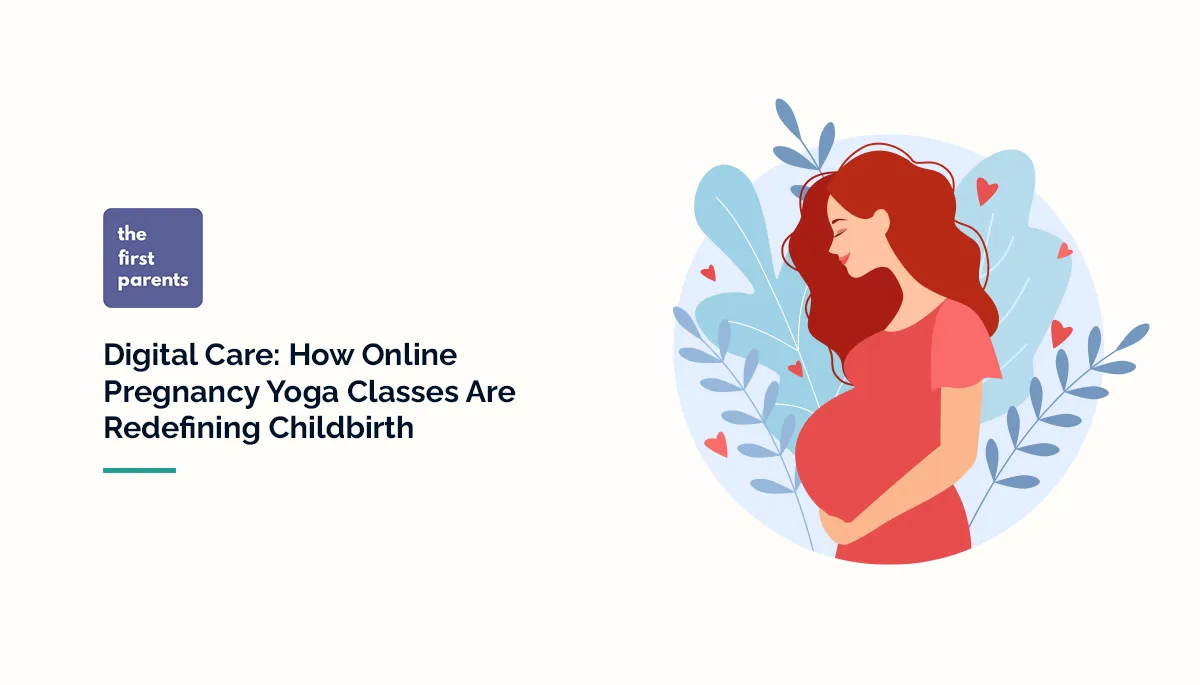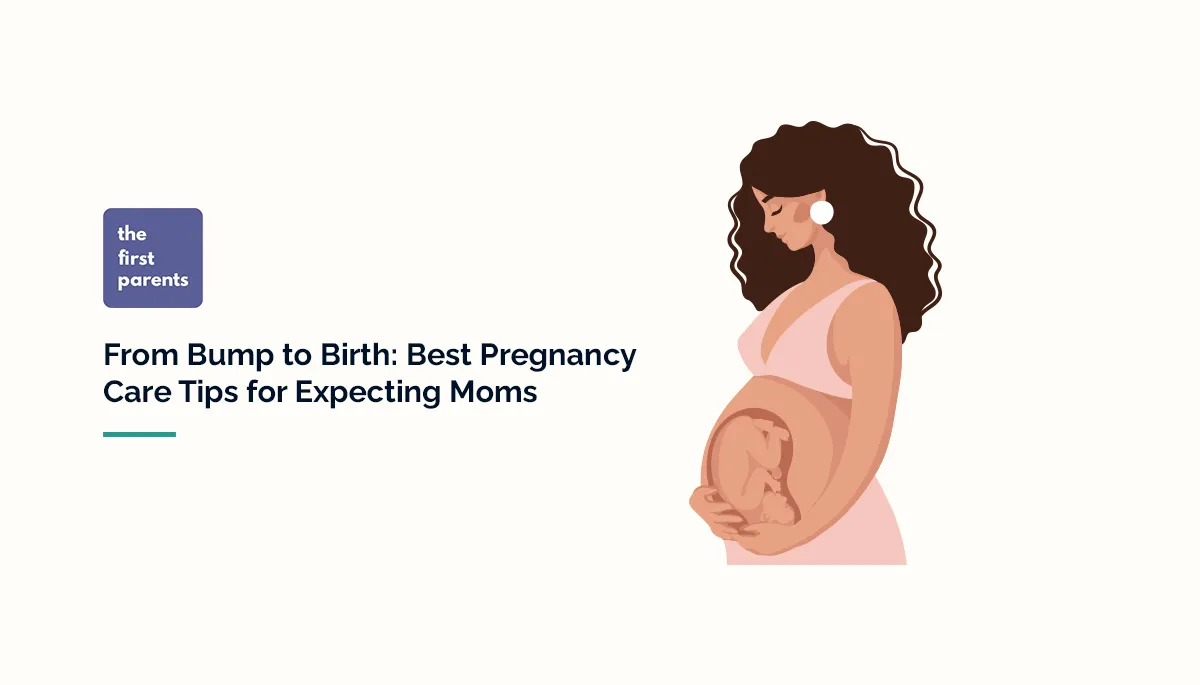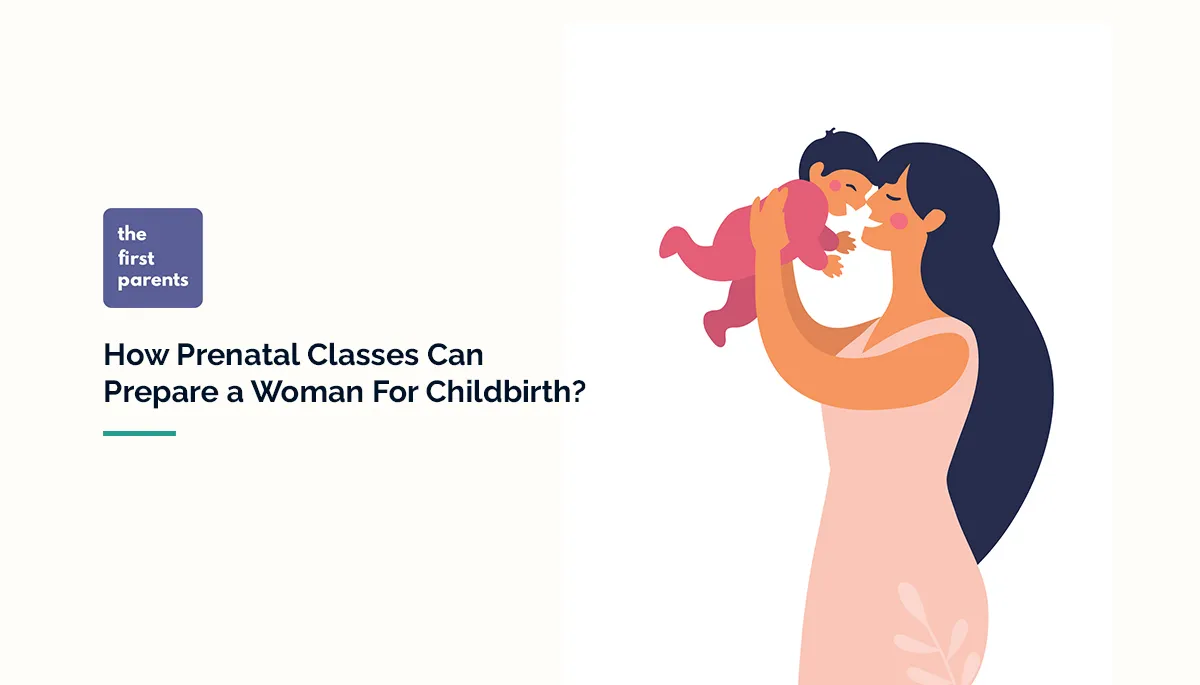Febrile Seizures: What to Do If Your Child Has One
 " alt="" />
" alt="" />
- First Parents
- November 11, 2024
Febrile seizures are a common type of seizure that affects children between the ages of 6 months and 5 years old. It occurs in almost 5% of children, so you, as a parent, might not be aware of it. They are caused by a fever and are not usually a sign of a serious medical condition. However, it can be scary to see your child having a seizure, so it is important to know what to do.
What are febrile seizures?
Febrile seizures are seizures that occur in children with a fever of at least 101.3 degrees Fahrenheit (38.5 degrees Celsius). The name itself suggests the same, as febrile is a synonym for fever. They are not usually a sign of a serious medical condition, such as epilepsy. Most children who have febrile seizures outgrow them by the time they are 5 years old.
Types of febrile seizures
Doctors often classify febrile seizures into two categories
- Simple Febrile Seizures:
- The seizures last for at most 15 minutes
- The seizures are generalized throughout the body
- Only one occurrence in 24 hours
- Complex Febrile Seizures:
- The seizures can last for more than 15 minutes
- The seizures are focal or concentrated on one body part, like hands, legs, or even fingures. So chances are, you may easily miss the signs
- Multiple occurrences in 24 hours
Symptoms of febrile seizures
The symptoms of febrile seizures can vary from child to child. However, some common symptoms you may notice in your child are:
- Stiffening of the body
- Jerking movements or to-and-fro movements of the arms and legs
- Loss of consciousness
- Unresponsiveness
- Vomiting
- Passing of stool or urine
What to do if your child has a febrile seizure
If your child has a febrile seizure, try to stay calm and follow the following steps:
- Place your child on a safe surface. This could be the floor, a bed, or a couch, where they would not end up hurting themselves by hitting some kind of hard or sharp object.
- Loosen any tight clothing on your child’s body, especially around the neck.
- Turn your child on their side. This will help prevent them from choking.
- Time the seizure. This will help the doctor determine the type of seizure.
- Call for medical assistance or an ambulance or take your child to a hospital. If the seizure is lasting for too long, if they are not breathing properly, or if they have had another seizure in the past 24 hours.
After the seizure
Once the seizure is over, your child may be sleepy or confused and may not have any recollection of the seizure. This is completely normal. Stay with your child until they are back to their usual selves. Hydrate your child and give them some food of their choice after they are somewhat stable.
If your child has a febrile seizure, it usually requires no treatments or tests. However, you will need to take them to see a doctor to rule out any other medical conditions, or in case they are under 6 months of age, doctors may extract their cerebrospinal fluid to perform tests to ensure that there is no damage to their brain.
What causes febrile seizures?
Febrile seizures are caused by an electrical disturbance in the brain, but the exact cause is not known. They are thought to be caused by a combination of factors, including:
- Genetic: Studies suggest that there are genetic factors attached to the chances of a child having febrile seizures.
- The child’s family history: If a child has a family history of febrile seizures, they are more likely to have them themselves.
- Disintegration of cytokines: Cytokines are small proteins released by the immune system in response to an infection. Some studies suggest that high levels of cytokines in a child’s body can cause febrile seizures.
How to prevent febrile seizures
There is no sure assured way to prevent febrile seizures from occurring for the first time. However, there are some things you can do to reduce the risk and prevent more cases of seizures from occurring, such as:
- Lower your child’s fever as quickly as possible by giving medications like paracetamol.
- Give your child plenty of fluid to drink.
How to know if the seizures will happen again
There are multiple factors that can give you an idea of whether your child will have another case of seizures:
- If your child was less than 1 year old when the first case of febrile seizures occurred.
- If there is a family history of epilepsy.
- If there is a family history of convulsions or seizures.
- If your child is male, the chances of recurrence are higher.
It is important to remember that febrile seizures are usually not a sign of a serious medical condition. However, if your child has a febrile seizure, it is important to stay calm and follow the steps above. If the seizure lasts for a long duration, if your child has trouble breathing, or if they have had another seizure within 24 hours, call an ambulance or visit the hospital or their doctor.
Verified by The First Parents

